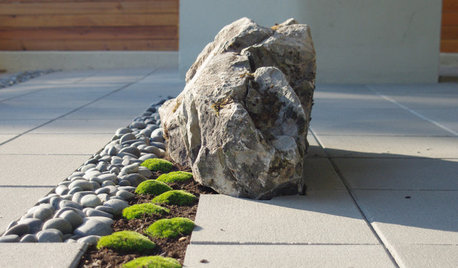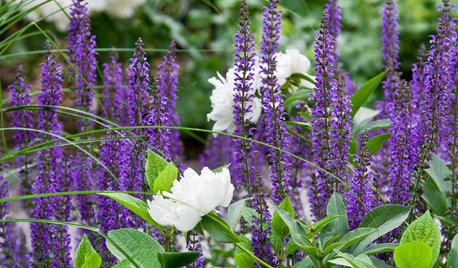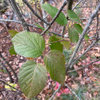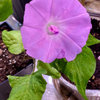Poison Ivy x posted
Battalina
11 years ago
Related Stories

GROUND COVERSNative Alternatives to English Ivy, Japanese Pachysandra and Periwinkle
These shade-loving ground covers are good for the environment and say something about where you are
Full Story
PETSWe Want to See the Most Creative Pet Spaces in the World
Houzz is seeking pet-friendly designs from around the globe. Get out your camera and post your photos now!
Full Story
LANDSCAPE DESIGNDare to Mix Things Up in the Landscape
Courageously contrast plantings, materials and structures in your garden to create unexpected beauty and intrigue
Full Story
GARDENING AND LANDSCAPINGGarden Tour: Colorful, Serene Woodland Near Boston
Exuberant perennials, outdoor rooms and a surrounding woodland come together to create a beautiful landscape in Massachusetts
Full Story
PETSGarden Alert: 22 Plants to Keep Away From Pets
Avoid potential danger by keeping dogs and cats away from these landscaping and houseplant favorites
Full Story
PETSHouzz Call: Send in the Dogs
Have the greatest dog in the world? Share your best design photo featuring the dog you live or work with
Full Story
DECORATING GUIDES22 Merrily Decorated Front Doors by Houzzers
Swathed in greenery and sprinkled with lights, ornaments and wreaths, these entries offer a gracious holiday welcome
Full Story
FARM YOUR YARDHouzz Call: Home Farmers, Show Us Your Edible Gardens
We want to see where your tomatoes, summer squashes and beautiful berries are growing this summer
Full Story
LIGHTINGHouse Hunting? Look Carefully at the Light
Consider windows, skylights and the sun in any potential home, lest you end up facing down the dark
Full Story
Houzz Call: What Gives You the Creeps at Home?
Halloween horror got nothing on your basement, attic or closet? Show us that scary spot you steer clear of
Full StorySponsored
More Discussions









ghoghunter
Toronado3800 Zone 6 St Louis
Related Professionals
West Milford Landscape Architects & Landscape Designers · Rancho Palos Verdes Landscape Architects & Landscape Designers · Towson Landscape Architects & Landscape Designers · Arlington Landscape Contractors · Andover Landscape Contractors · Cockeysville Landscape Contractors · Edinburg Landscape Contractors · Fuquay-Varina Landscape Contractors · Lyndhurst Landscape Contractors · Mastic Beach Landscape Contractors · Milford Mill Landscape Contractors · North Richland Hills Landscape Contractors · Stallings Landscape Contractors · Suitland Landscape Contractors · Wailuku Landscape Contractorsron_convolvulaceae
BattalinaOriginal Author
ron_convolvulaceae